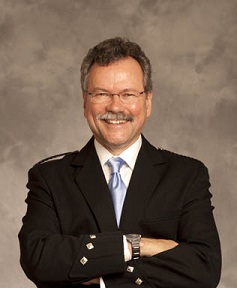No products in the cart.
I credit my parents for helping me become a voracious reader as a youngster, and at no time was this more evident than during the 1970s. There was the usual curriculum associated with school, of course, but whenever I could I’d read Carlos Castaneda and dream about being in the desert with his band of eclectic, indigenous medicine folk. If I remember correctly, don Genaro used to “make the mountains rumble” whenever he needed to use the bathroom. Ha, that was hilarious! And amidst the lessons of intention, connection, and sensitivity, there was a “groundedness” that really appealed to me. As far as my opinion of Dr. Castaneda was concerned, a guy with a Ph.D. in anthropology has to be right, right? In any event, it was a remarkable opportunity to look into a world that was real, yet intangible, and, well, relatively plausible. Not unlike the endeavors found within realm of our own house!
After my time with Journeys Out of the Body, my motive was typically to “go out there,” like space travel, but apart from Bob’s works, I liked how there was a connection to the physical in the sense of time with the desert, plants, animals, and people in Castaneda’s books. I was always trying to meld that world into my own. “Hey crow, what’s your message?” It gave my forays into fields and wilds a certain profundity in the sense of wanting to be a part of, and communicating with, nature and her effects.
There was a particular stream in the woods I really enjoyed that had a certain trickling tumble to it. I could listen and get lost in it, which provided for more insights and interesting dinner conversation.
Me: “If I’m out in the woods and feel like I’m changing my consciousness with sounds, what’s the difference between that and what you do?”
Bob: “Nothing, really. Binaural beats can be found in nature, it’s just that those nature sounds aren’t coherent, meaning that it changes constantly. Sounds move all over the place. Hemi-Sync helps you to be in a state, not to create one. What’s important is your intention.
“What is the purpose of your meditation? Is that what it was? You already know that music can take you places, and that it can make you feel a certain way. Think about the hymns you sing in church; they are designed to put you in a particular frame of mind. There are thoughts that suggest that the big cathedrals in Europe were actually designed so that the voice and music would actually sound a certain way to promote people’s connection to their higher power.”
Me: “So when the Indians (now Native Americans) do their drumming circles, what’s that? Same thing?”
Bob: “Absolutely. You might say that what we do is a contemporary expression of a similar event, but humans have been participating in ‘beat technologies’ since the dawn of time. These days we are able to take a look at EEG data, and create our drumming, if you will, to more specific patterns that we associate with beneficial states of consciousness.”
Me: “Like going out of body?”
Bob: “Well, no. Like going to sleep or learning something while you’re sleeping. Like being able to listen to something that relaxes you. Going out of body is a peculiar by-product of my efforts, and I wrote about it to help understand it. But the sounds in and of themselves are designed for more practical purposes, although inevitably we come back to the word ‘intention.’ If you don’t have a purpose, then you will find it’s like listening to music – you get into it only as much as you want to.”
So off I was, back into the woods, listening to leaves rustling, autumn coming, and a trickling brook. It was here that I realized that sound was a powerful medium, and that it had much to say. “Hey Mr. Hawk, are you talking to me?”







